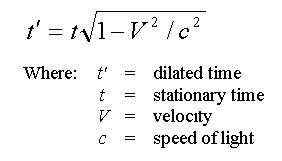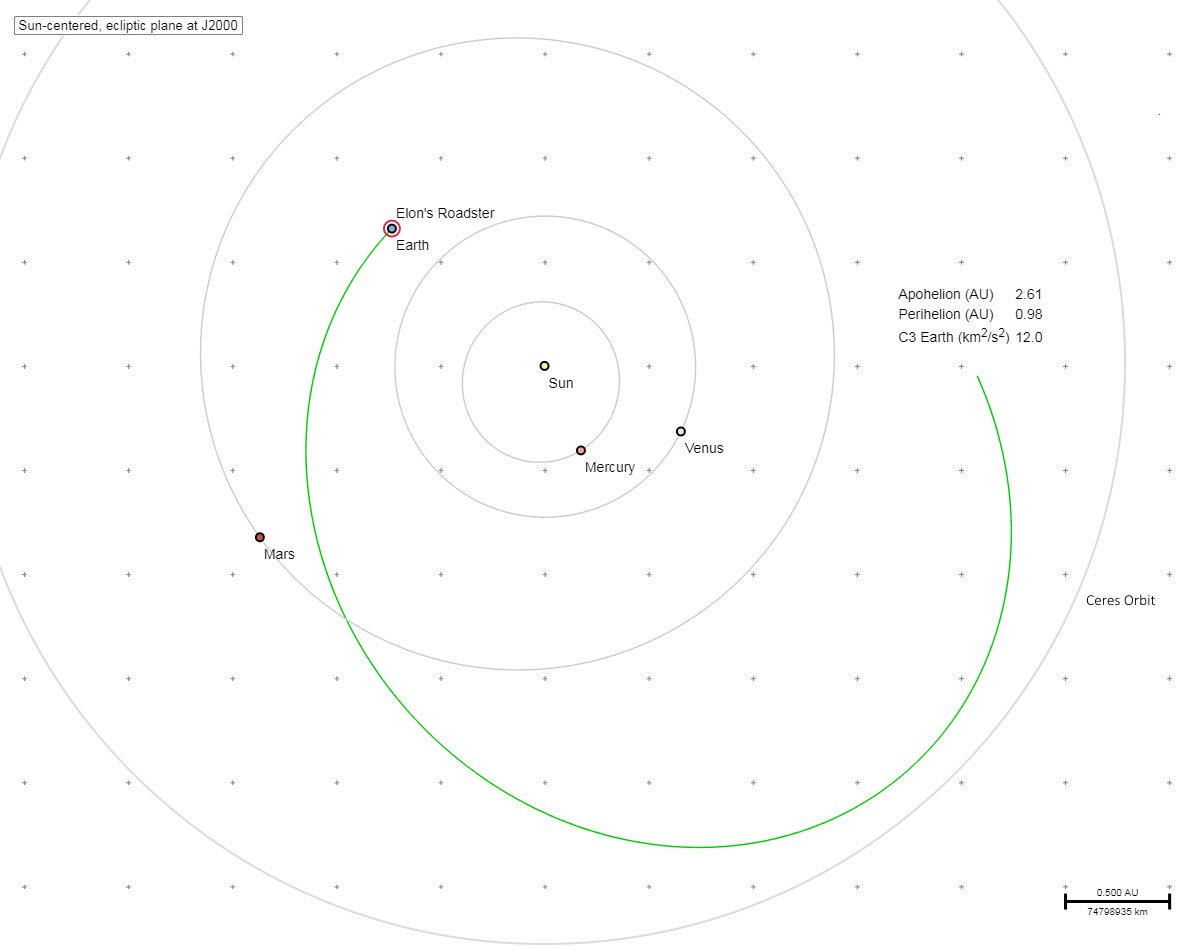- Joined
- Jul 16, 2007
- Messages
- 49,276
- Reaction score
- 2,462
Reply ban imo
That's the left's answer for everything. Don't like it? Ban it.
Reply ban imo
............
Who says it doesn't fit? There are multiple angles that need political discussion:
- Prioritization of budgets
- Manned vs unmanned missions
- Private vs public
- Outer Space Treaty / Militarization of space
- Strategic implications of space programs
- Technology discussion (cross-over to aerospace)
- Jobs
- International cooperation (with Russia, ESA, etc.) especially considering the crazy lead time for these missions
Also, many posters who want to discuss the topic post here rather than in the Mayberry, so...
This was the original attempt btw but haven't updated in ages.
Although it won't be in 2019, the jwst should be every engineering fans most anticipated launch. The most dynamic and fragile observation design ever created, to be launched in one piece, but not to any polar, low, geostationary, or walking orbit - but to a L2 point. Which means If it breaks, assembled wrong or misses, that's it. No Hubble do overs.
edit me in!Also maybe this will be another attempt to make a space thread, after I got sloppy with the last attempt.
If you got tagged here, you expressed interest in the subject in earlier threads. I may re-use this list, so notify me if you don't wanna get tagged again.
@JudoThrowFiasco
@NoDak
@InternetHero
@GhostZ06
@RockstarChris
@KILL KILL
@WTF2008
@Arkain2K
@Bald1
@panamaican
@Lord Coke
@Brodels
@oldshadow
@MadSquabbles500
@Krallang
@jefferz
@PEB
Although it won't be in 2019, the jwst should be every engineering fans most anticipated launch. The most dynamic and fragile observation design ever created, to be launched in one piece, but not to any polar, low, geostationary, or walking orbit - but to a L2 point. Which means If it breaks, assembled wrong or misses, that's it. No Hubble do overs.




I remember reading about that and being fucking scared. Seems like way too much in one setting...
I really wonder how long it would take them, assuming failure, and assuming budget (which probably would not come), to rebuild it.
Kind of a cool general space science graphic.


(To an observer on Earth, these calculations are. From the hypothetical astronauts' frame of reference in the spaceship traveling at 99.9% the speed of c, the trip to Proxima Centauri would take no longer than a little over 70 days whilst 4.3 years have elapsed back on Earth. If we were going a little further out to Sirius A at roughly 8.6 light years away, the trip duration as observed by those on board would be 140 days. To the star Ross 248 at a distance of 10.3 light years, 168 days. Special Relativity: Not only does time dilate, but distance shrinks in the direction of motion.)
2018 has been a pretty exciting year regarding everything that had to do with space exploration.

Good thread. Good information. You can add me to your list. You left out one major issue and one major event:
. Pluto is now back on the list of planets - as of 2018.
. NASA will launch its SLS rocket in November or December of this year (2019). It will put SpaceX and Blue Origin to shame. It will surpass the Saturn V rocket. Worth watching a live launch.
Falcon Heavy Launch
Super impressive feat by SpaceX and a real milestone. The Tesla roadster aboard is already more than 200 million miles from Earth and I guess it is safe to say it has more mileage than every other car im history...


Boeing and SpaceX capsule astronauts named
Ever since NASA retired its space shuttle program in 2011, astronauts have relied on Russian rockets and capsules to reach the International Space Station. But in August, NASA announced the names of nine astronauts who will fly to the space station in new capsules built by Boeing and SpaceX.
For the first test flight of Boeing's CST-100 Starliner capsule, NASA picked Eric Boe, a veteran of two space shuttle missions; Nicole Aunapu Mann, who became an astronaut in 2013 and will be making her first trip to space; and Christopher Ferguson, who flew on three space shuttle missions before retiring from NASA in 2011 and joining Boeing's commercial space operations division.
For the first test flight of SpaceX's Crew Dragon capsule, NASA selected Robert Behnken and Douglas Hurley, each of whom made two space shuttle flights.
For the first formal mission involving Boeing's CST-100 Starliner, NASA picked Sunita Williams, a former commander of the ISS who has spent 322 days in space, and Josh Cassada, who became an astronaut in 2013 and will be making his first trip to space.
The first formal mission of SpaceX's Dragon capsule will be crewed by Michael Hopkins, who has spent 166 days aboard the space station, and Victor Glover, who was selected as an astronaut in 2013 and will be making his first spaceflight.

Voyager 2 reaches interstellar space
NASA's Voyager 2 probe is now just the second human-made object to reach interstellar space. On Dec. 10, the space agency announced that the well-traveled spacecraft has exited the heliosphere, or "the protective bubble of particles and magnetic fields created by the sun." The probe is now more than 11 billion miles from Earth. Its twin, the Voyager 1 spacecraft, reached interstellar space in 2012.
Voyager 2 is about 11,182,000,000 miles away from Earth as I type this. (You can see the current figures here.) If we assume you can drive from San Francisco to LA and back in a (damn exhausting) day, you would still need about 40,000 years to reach the point where Voyager currently is with your car. At that point, Voyager 2 would be long gone already, of course, at its speed of 34,000 mph - but still only at a quarter of the distance to our next star.



Project Orion (nuclear propulsion) -- a nuclear bomb and rocket (all in one), 1960s:
"NASA Is Bringing Back Nuclear-Powered Rockets to Get to Mars"
Link: http://fortune.com/2018/02/15/nasa-nuclear-rockets-mars/
WvB Mars Mission Summary:American Manned Mars Expedition, Study 1969. Wernher von Braun's final vision for a manned expedition to Mars was a robust plan that eliminated much of the risk of other scenarios. Two ships would fly in convoy from earth orbit to Mars and back. They were entirely reusable for future expeditions, the only element being expendable being the Mars Excursion Module used to visit the planet's surface. This was Von Braun's last attempt to convince the American government to finance his dream. Five months later he would be sidelined to a dead-end headquarters job at NASA, and leave the Agency two years after that.
The successful landing on the moon of Apollo 11 brought a brief period of political enthusiasm for manned spaceflight. A new Space Task Group was formed to recommend a post-Apollo manned space program. On 4 August 1969 NASA Administrator Paine briefed the Space Task Group, with Vice President Agnew chairing, on Marshall's proposed post-Apollo integrated plan. Von Braun briefed the plan for a manned expedition to Mars as a follow-on to Apollo. The Integrated Plan foresaw first flight of a manned space shuttle by 1975, an earth orbit space station soon thereafter, with production and improvement of the Saturn V continuing, and the NERVA nuclear thermal upper stage completing development.
Von Braun had tweaked his original Mars Expedition scenario between 1952 and 1956 to halve the size of his original Mars expedition spacecraft. He used the same methods in 1969 to come up with Mars spacecraft under half the mass of Boeing's 1968 IMIS. This allowed two Mars expedition spacecraft to travel in convoy on the mission together, providing Von Braun's preferred mutual support and back-up. The Nuclear Shuttles used for propulsion were essentially the same as Boeing's Primary Propulsion Modules, and had 38 metric tons less propellant. But due to lower delta-V's at Mars orbit, only three of the NERVA Primary Propulsion Modules (now called Nuclear Shuttles) were needed per spacecraft as opposed to five in Boeing's study.
The Mars spacecraft itself would refurbished via shuttle flights, two additional PPM stages attached, the whole thing resupplied and refueled, in readiness for further expeditions to Mars in 1983, 1986, and 1988 - leading to a 50-person Mars base by 1989. With the exception of the MEM, all of the spacecraft was reused. Von Braun estimated this colonization of Mars within 20 years could be accomplished with a peak NASA budget of $7 billion per year. This robust, relatively safe plan was the culmination of 20 years of Mars mission planning by the Peenemuende team and took full advantage of the other space infrastructure elements in NASA's master plan. It offered the possibility for Von Braun to witness his long-held dream of a manned expedition to Mars in his lifetime.

Proof of ice on the moon:
Scientists said in August they discovered the first definitive evidence of water ice on the lunar surface. The ice, detected at the moon’s north and south poles, could serve as a source of water for future lunar expeditions or to sustain moon colonies.
